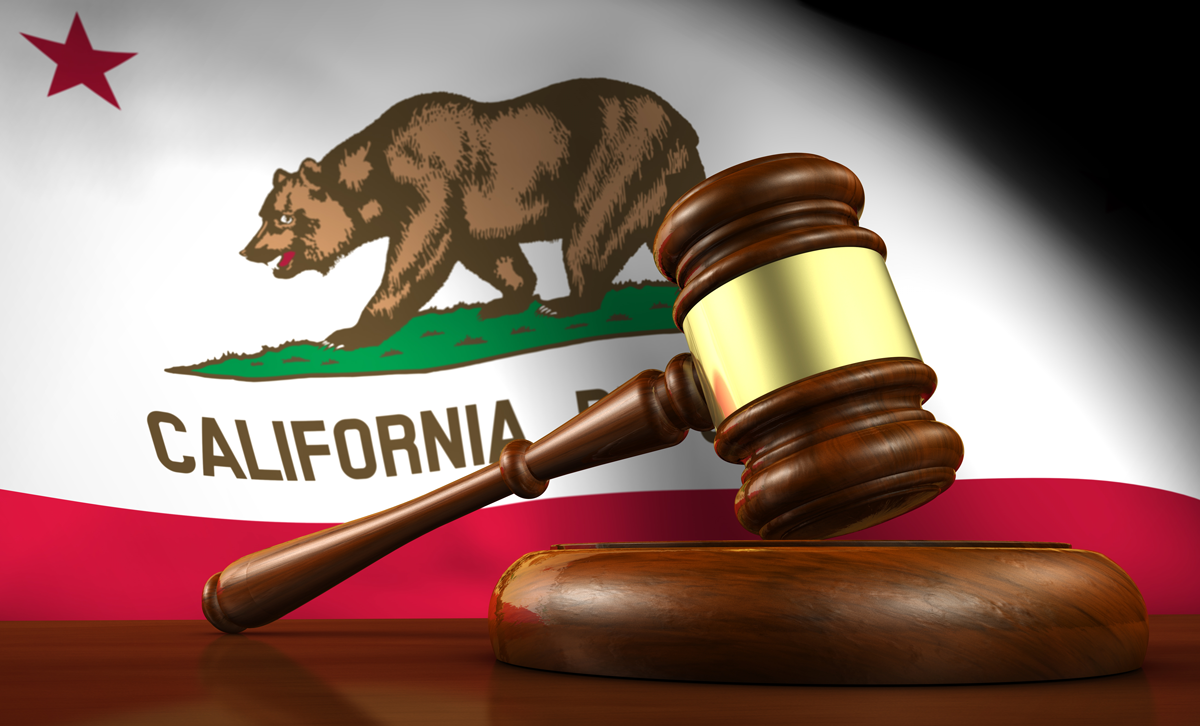


Again, the assistance of a traffic ticket lawyer can help you build your case. If you believe that you were given a ticket unjustly, you can contest the citation in court or with a written declaration. The fee will be higher and you may even lose points on your license.
#CALIFORNIA ANTI GRIDLOCK LAW DRIVER#
In that case, the consequences are more severe because a driver is considered to have failed to obey a traffic sign, another infraction. However, suppose there was an anti-gridlock sign posted at the intersection. The base penalty for violating the Anti-Gridlock Act is a fee of $285. Many cities have installed traffic cameras at busy intersections, and you could have a nasty surprise sent to your home.
#CALIFORNIA ANTI GRIDLOCK LAW DRIVERS#
The anti-gridlock law applies to all intersections in the space of California, regardless of their size or any posted sign reminding drivers of the law.Įven if you do not see traffic police present at an intersection, that does not mean that you are safe from a gridlock ticket. However, you do not have to follow the anti-gridlock law on private driveways.

That is why the fees for blocking a railway crossing are higher than the penalties for violating the law on a regular street. Getting stuck on the tracks when the railway crossing ramps come down could be lethal. An oncoming train may not have enough space to brake if there is a car blocking the tracks. This application of the law is essential not just for preventing traffic but for vehicular safety. You may not cross a railway track unless there is enough space on the other side for your vehicle to travel, leaving enough room for any railroad vehicle to pass behind you. The anti-gridlock law also applies to railroad crossings.

Even if an intersection is so small that it does not have a traffic light or a stop sign, you must still maintain your spatial awareness. Even if you do not see a posted sign reminding you to obey the anti-gridlock law, you are still expected to obey it as it is a statewide law that has been on the books for decades. The California anti-gridlock law applies on all roads and marked pedestrian crosswalks. On What Roads Does the Anti-Gridlock Law Apply? A common cause of accidents is people turning while mistakenly believing that they are in the right, and then the vehicles in the opposite direction going straight because space has cleared out for them. If you are turning and oncoming traffic is stopped, check that they are stopped because of the stoplight and not because they follow the anti-gridlock law. When turning left, you also need to be mindful of other vehicles that obey the anti-gridlock law. So even if you have a blinking yellow light that allows you to make a turn, you still have the responsibility to check that there is space for you to proceed on the cross street before turning. The anti-gridlock law also applies to drivers making turns at an intersection. This is considered bad manners among drivers, but it is outright illegal in California and has been for decades. When a vehicle crosses an intersection but doesn’t have enough space on the other side to proceed, it blocks cars going in the other direction from moving even when the light turns green. The purpose of this law is to prevent traffic jams from worsening. Even if the light is green, you cannot move if the cars on the other side of the intersection are so backed up that there will be no space for your vehicle without blocking the intersection. In plain English, this means that you cannot enter an intersection unless you are sure that you can clear it without blocking pedestrians or any other vehicles from going on their way. However, what does the California anti-gridlock law actually ban, and what are the penalties for drivers caught breaking it, even unwittingly? Here is everything you need to know about the state’s anti-gridlock law.Īccording to Section 22526(a) of the California Vehicle Code, “Notwithstanding any official traffic control signal indication to proceed, a driver of a vehicle shall not enter an intersection or marked crosswalk unless there is sufficient space on the other side of the intersection or marked crosswalk to accommodate the vehicle driven without obstructing the through the passage of vehicles from either side.” Since then, driver’s education courses have instilled the importance of avoiding gridlock in students. The California State Legislature dislikes gridlock so much that in 1987, it passed the Anti-Gridlock Act seeking to ban this practice. Lines of cars blocking an intersection because they have nowhere to go on the other side cause plenty of frustration for other drivers and worsen the traffic problem.


 0 kommentar(er)
0 kommentar(er)
